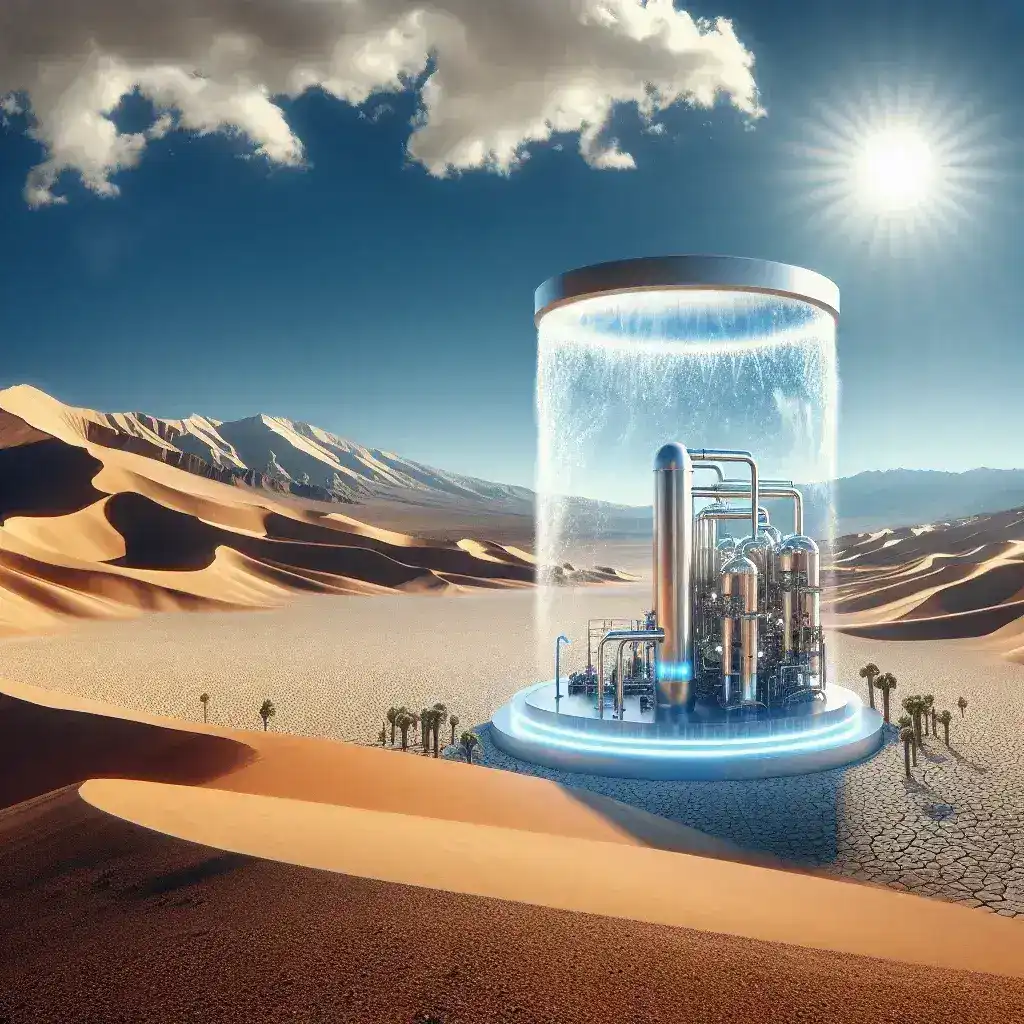Introduction
In a world where water scarcity is becoming an increasingly pressing issue, innovative solutions are vital for sustainability. One such solution lies in the arid, harsh environment of Death Valley, California. This unique area, known for its extreme temperatures and minimal rainfall, may hold the key to transforming its dry air into a viable water source. In this article, we will explore the mechanisms behind this innovative concept, its historical context, potential benefits, and future implications.
The Science Behind Water Extraction from Air
Water extraction from air, also known as atmospheric water generation (AWG), utilizes various technologies to capture moisture from the atmosphere. In a desert like Death Valley, where humidity levels can be incredibly low, this process may seem counterintuitive, yet advancements in technology have made it feasible. By employing specific techniques such as:
1. Desiccant-Based Systems
- How It Works: Desiccants are materials that naturally absorb moisture from the air. When air passes through a desiccant material, water vapor condenses, providing a potential water source.
- Benefits: These systems can be highly efficient and effective, especially in arid environments.
2. Refrigeration-Based Systems
- How It Works: This method cools air to below its dew point, causing water vapor to condense into liquid water.
- Benefits: These systems can produce significant amounts of water, even in low-humidity environments.
Historical Context
Understanding the history of water scarcity and technological evolution is crucial in appreciating the significance of harnessing Death Valley air for water. Historically, regions with limited water resources have faced severe challenges, leading to conflicts, migration, and economic challenges. The concept of extracting water from air isn’t new; ancient civilizations often utilized similar methods, such as dew collection and fog nets. However, modern technology offers unprecedented efficiency and scalability.
Current Applications and Innovations
Several companies and researchers are currently exploring the viability of AWG systems in various environments, including desert regions like Death Valley. Recent innovations include:
- Advanced Materials: Research into new desiccant materials has enhanced moisture absorption rates and reduced energy consumption.
- Energy Sources: Integrating renewable energy sources such as solar panels with AWG systems can create a sustainable water solution.
Benefits of Using Death Valley Air as a Water Source
Utilizing the air in Death Valley as a water source presents numerous advantages:
- Sustainability: This approach can provide a renewable water source that does not deplete existing water resources.
- Cost-Effectiveness: While initial setup costs can be high, long-term savings on water transport and delivery can offset expenses.
- Community Empowerment: Local communities can gain access to water without relying on distant sources, fostering self-sufficiency.
Challenges and Considerations
Despite the immense potential of this innovative water source, several challenges must be addressed:
- High Initial Investment: The technology required for AWG systems can be costly to implement.
- Energy Consumption: Some AWG technologies can be energy-intensive, requiring sustainable energy solutions.
- Cultural Resistance: Communities may be skeptical about new technologies and prefer traditional water sources.
Future Predictions and Implications
Looking ahead, the possibilities for using arid Death Valley air as an innovative water source are vast. As climate change exacerbates water scarcity globally, technologies that harness atmospheric moisture could become essential. Potential future developments include:
- Widespread Adoption: With increasing awareness and investment, AWG systems could be implemented in various arid regions worldwide.
- Integration with Smart Technologies: Future systems may utilize AI and IoT to optimize moisture extraction and monitor water quality.
- Global Collaboration: Countries facing similar challenges could collaborate on technological advancements and share best practices.
Cultural Relevance and Impact
Water is not just a necessity for survival; it is a cultural cornerstone for many communities. By utilizing innovative solutions like extracting water from Death Valley air, we not only address practical needs but also honor the cultural significance of water. It can lead to:
- Revitalized Communities: Access to sustainable water can lead to economic development and improved quality of life.
- Preservation of Ecosystems: Sustainable water practices can help protect local flora and fauna.
Conclusion
The innovative approach of using arid Death Valley air as a water source represents a promising solution to an increasingly critical issue. By understanding the science, historical context, and potential applications, we can appreciate the transformative impact it could have. As we move into a future where water scarcity continues to challenge communities, embracing such innovative solutions is not just beneficial; it is essential. Investing in technology, research, and community engagement will be key to unlocking the potential of atmospheric water generation. Together, we can forge a path to a more sustainable future where even the driest regions can thrive.



